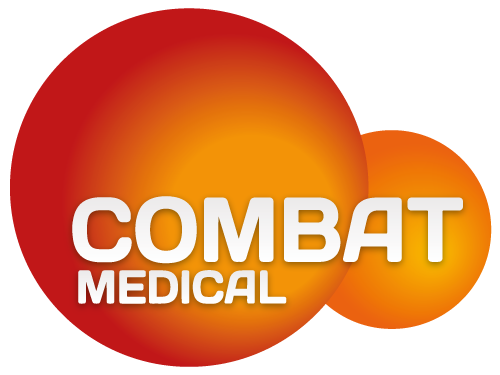More than half a million new cases of bladder cancer are diagnosed globally each year, with 200,000 deaths annually. Around 75% of patients present with non-muscle-invasive bladder cancer (NMIBC), with maintenance BCG regarded as the best bladder-sparing treatment for high-risk cases.
However, BCG administration is far more toxic than chemotherapy and global shortages have compromised patient outcomes for over a decade.
HIVEC® (hyperthermic chemotherapy) can be used as an alternative to BCG , providing improved drug delivery and penetration into the bladder, enhanced chemotherapy efficacy in heated cancer cells and the triggering of local anti-cancer immune reactions.
Most importantly of all, it gives patients with BCG-unresponsive NMIBC an efficacious, safe alternative when faced with the current recommended treatment of radical cystectomy.
There have been many studies undertaken worldwide on the efficacy of HIVEC compared to BCG for bladder cancer:
1) Efficacy of HIVEC in patients with high-risk non-muscle invasive bladder cancer who are contraindicated to BCG and in patients who fail BCG therapy – Pignot et al.
Conclusion:
Chemohyperthermia using HIVEC achieved a RFS rate of 60% at 1 year and enabled a bladder preservation rate of 92%. Given the low risk of progression in the BCG-naive group, HIVEC could be a good alternative.
https://pubmed.ncbi.nlm.nih.gov/34775896/
2) Long-term efficacy of hyperthermic intravesical chemotherapy for BCG-unresponsive non-muscle invasive bladder cancer – Pijpers et al.
Conclusion:
HIVEC resulted in a 2-year HG-RFS of 35% for BCG-unresponsive NMIBC patients without severe side-effects and therefore HIVEC seems to be an alternative treatment option for patients who refuse or are unfit for RC.
https://www.sciencedirect.com/science/article/pii/S1078143921003379
3) Long-Term Experience with Hyperthermic Chemotherapy (HIVEC) Using Mitomycin-C in Patients with Non-Muscle Invasive Bladder Cancer in Spain – Plata et al.
Conclusions:
HIVEC® through MMC using COMBAT BRS is an efficacious and well-tolerated alternative for patients with intermediate- and high-risk NMIBC. A maintenance schedule should be recommended as the duration of treatment is the most important independent prognostic factor. Additionally, HIVEC MMC in primary tumors and intermediate-risk patients offers the best treatment results.
https://www.mdpi.com/2077-0383/10/21/5105
4) Recirculant hyperthermic IntraVEsical chemotherapy (HIVEC) in intermediate–high-risk non-muscle-invasive bladder cancer – Sousa et al
Conclusions:
Combat’s recirculant HIVEC® treatment is a safe and effective treatment that appears to be achieving a high level of success in both the neoadjuvant and adjuvant settings. This treatment seems appropriate for NMIBC intermediate–high-risk patients who cannot tolerate or have contraindications for standard BCG therapy or for locations in which there are no BCG supplies.
https://www.tandfonline.com/doi/full/10.3109/02656736.2016.1142618
5) 3-year experience of hyperthermic intravesical chemotherapy use in patients with high risk nonmuscular-invasive bladder cancer – R.S. Chystiakov et al
The study allows us to conclude that the method of hyperthermic intravesical chemotherapy has a better safety profile compared to intravesical Bacillus Calmette–Guérin vaccine therapy, while such indicators of oncological efficacy as 3-year recurrence-free survival and the incidence of progression were better in the HIVEC® therapy group.
https://journals.uran.ua/index.php/2307-0404/article/view/283254

